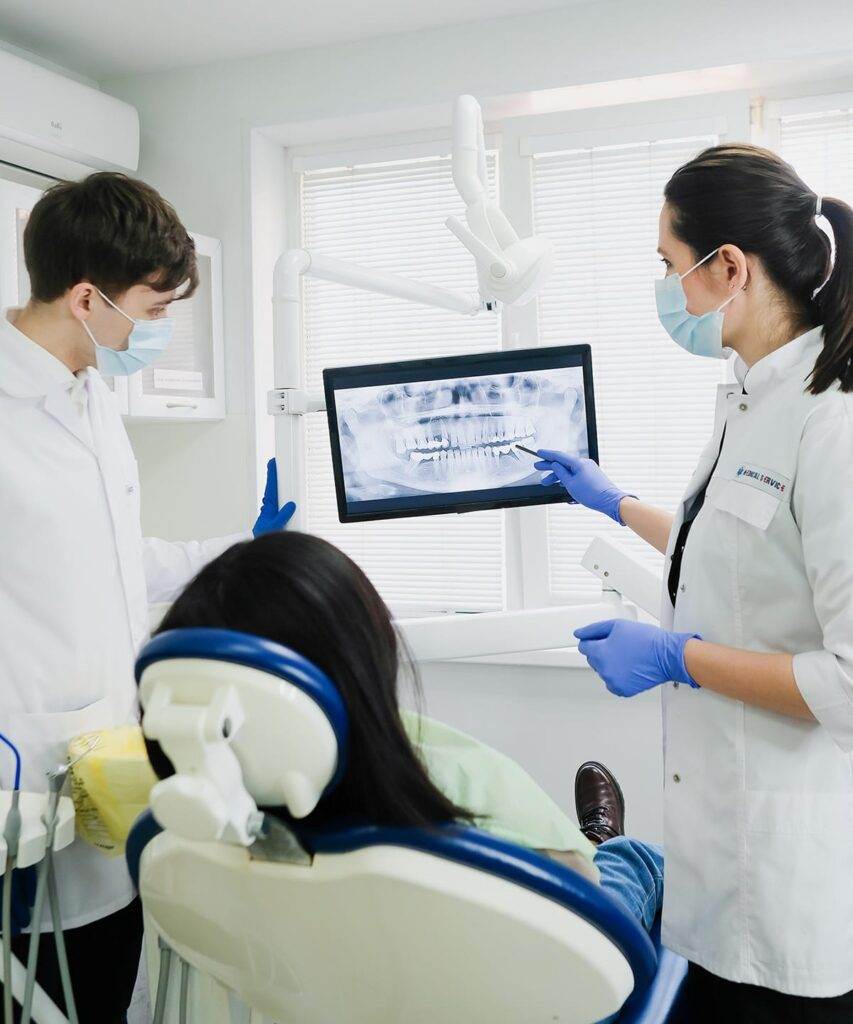Introduction
In the ever-evolving landscape of healthcare, maintaining high standards of safety and compliance is paramount. Healthcare facilities are mandated to provide care that ensures patients’ safety while adhering to regulations and standards set by governing bodies. This commitment to safety not only protects patients but also enhances the facility’s reputation and operational efficiency.
Importance of Safety and Compliance in Healthcare Facilities
The significance of safety and compliance in healthcare facilities cannot be overstated. First and foremost, they contribute directly to patient outcomes, reducing the risk of medical errors, infection, and patient dissatisfaction. Moreover, by prioritizing compliance with regulations such as HIPAA and OSHA, healthcare organizations mitigate legal risks and avoid costly penalties. Furthermore, a robust safety culture fosters employee satisfaction and retention, as staff are more likely to feel valued and informed about the best practices in their workplace.
Overview of Safety and Compliance Solutions
To enhance safety and ensure compliance, healthcare facilities can implement a variety of solutions. Risk assessments, regular audits, and comprehensive training programs can identify vulnerabilities and ensure all staff are up to date with protocols. Furthermore, employing technology, such as electronic health records and compliance management systems, streamline processes and maintain accurate documentation. By integrating these solutions into their operational frameworks, healthcare organizations not only protect their patients but also position themselves as leaders in safety and quality care within the industry. This holistic approach to safety and compliance is essential for cultivating trust and delivering exceptional healthcare services.
Regulatory Requirements



Key Regulations for Healthcare Facilities
In the complex world of healthcare, adherence to key regulations is crucial for maintaining a safe environment for patients and staff alike. Significant regulations include the Health Insurance Portability and Accountability Act (HIPAA), which safeguards patient privacy and ensures confidentiality of medical records. The Occupational Safety and Health Administration (OSHA) also plays a vital role by establishing guidelines that protect healthcare workers from occupational hazards. By ensuring compliance with these regulations, facilities not only avoid legal repercussions but also enhance patient trust and staff morale, fostering an atmosphere of safety and professionalism within the organization.
Compliance Guidelines and Standards
To uphold the standards set by regulatory bodies, healthcare facilities must develop comprehensive compliance guidelines that address various aspects of operations. These guidelines often encompass infection control protocols, proper handling of hazardous materials, and maintaining accurate patient records. Staff training programs are imperative to ensure that employees are proficient in these practices, thereby minimizing risks associated with non-compliance. Furthermore, regular audits and performance evaluations can serve as effective tools for measuring adherence to established standards. By continuously refining their compliance strategies and incorporating feedback from audits, healthcare organizations can enhance their operational efficiency and reinforce their commitment to safety. Ultimately, a steadfast approach to regulatory compliance will not only protect patient well-being but also strengthen the facility’s reputation within the healthcare industry.
Risk Assessment

Identifying Hazards in Healthcare Settings
In order to maintain a safe environment in healthcare facilities, clinical leaders must conduct thorough risk assessments to identify potential hazards. These hazards can range from biological risks such as infectious diseases to chemical hazards and physical dangers associated with medical equipment usage. By engaging a multidisciplinary team that includes clinicians, safety officers, and administrative staff, facilities can gain a comprehensive understanding of the various factors that might compromise safety. Employing tools such as checklists and risk matrices allows organizations to prioritize identified risks based on their likelihood and potential impact, facilitating targeted interventions to mitigate these threats. Moreover, fostering a culture of safety encourages staff to report unsafe conditions, further improving risk management processes.
Conducting Safety Audits
Regular safety audits are an integral component of an effective risk management strategy in healthcare settings. These audits involve systematic evaluations of various operational areas to ensure compliance with established safety standards and protocols. Audit teams should consist of trained personnel who are well-versed in regulatory requirements and best practices in safety. During safety audits, observations should be made regarding the adherence to infection control measures, equipment maintenance schedules, and emergency preparedness plans. Additionally, the findings from these audits should be documented meticulously, allowing for trend analysis and benchmarking. This data-driven approach enables healthcare facilities to recognize patterns or recurring issues, leading to proactive adjustments in procedures and policies. Ultimately, consistent safety audits strengthen organizational resilience, ensure regulatory compliance, and cultivate a culture of safety that benefits patients and staff alike.
Training and Education

Staff Training Programs
In healthcare settings, effective risk management hinges on comprehensive training and education for staff. Organizations must implement structured staff training programs that focus on safety protocols, risk assessment methodologies, and emergency response procedures. These programs should encompass both initial onboarding for new employees and ongoing education for existing personnel. Through interactive workshops, simulation exercises, and e-learning modules, healthcare professionals can enhance their understanding of safety measures and risk mitigation strategies. Regular assessments and refreshers ensure that staff remain vigilant and informed about the latest protocols and best practices. By investing in training, healthcare facilities not only elevate their safety standards but also empower employees to be proactive in identifying and addressing potential hazards.
Patient Safety Education Initiatives
Patient safety is paramount in healthcare delivery, making education initiatives targeted at patients crucial. By fostering an environment where patients are well-informed about their care, healthcare organizations can significantly reduce the likelihood of adverse events. Initiatives may include informational sessions on understanding medical procedures, medication management, and the importance of following care plans. Additionally, providing accessible educational materials, such as brochures and online resources, can empower patients and their families to actively participate in their care. Engaging patients through open communication and educational outreach fosters a collaborative relationship between providers and patients. This improvement in patient awareness not only enhances overall safety but also contributes to better health outcomes. By prioritizing both staff training and patient education, healthcare facilities reinforce their commitment to safety and quality in care delivery.
Emergency Preparedness

Disaster Response Plans
In the healthcare sector, comprehensive disaster response plans are essential for minimizing the impact of emergencies on patient care and staff safety. Such plans should outline specific procedures for various scenarios, including natural disasters, pandemics, and technological failures. Healthcare organizations must conduct thorough risk assessments to identify vulnerabilities and develop response strategies tailored to their unique contexts. Training staff on these plans through drills and simulations ensures preparedness when real situations arise. Moreover, clear communication channels must be established to disseminate critical information promptly during emergencies, facilitating efficient coordination among teams. By being well-prepared with a robust disaster response plan, healthcare facilities can safeguard their patients and maintain operational resilience in times of crisis.
Ensuring Business Continuity
Business continuity planning is equally important in healthcare settings as it enables organizations to maintain essential services during disruptions. Developing a business continuity plan involves identifying key operations, resources, and personnel that are vital for delivering care. Additionally, healthcare organizations should establish backup systems for electronic health records and other critical data to prevent information loss during emergencies. Regular testing and updates of the business continuity plan will ensure that it remains effective and relevant amid evolving circumstances. Engaging with community partners and stakeholders can also provide additional resources and support during crises. By prioritizing business continuity, healthcare organizations not only enhance their resilience but also reaffirm their commitment to providing uninterrupted, high-quality care to their patients, even during challenging times.


